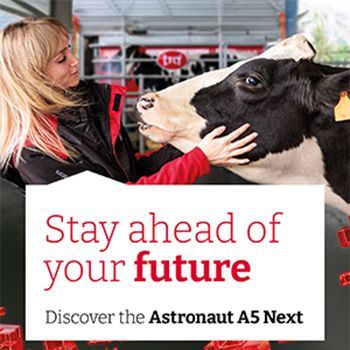Dairy Industry Takes Steps Towards Methane Reduction

The dairy industry is intensifying its efforts to mitigate methane emissions, a potent greenhouse gas, with numerous companies divulging data, launching action plans, and tracking progress. Agriculture contributes nearly 40% of human-induced methane emissions, with livestock as the primary source. As plant-based alternatives gain limited traction, companies with science-based targets are focused on reducing methane fr om cattle burps and manure.
Danone has announced a 25% reduction in methane emissions from its fresh milk supply since 2020, aiming for a 30% reduction by 2030. This announcement is part of a broader initiative by the Dairy Methane Action Alliance, an industry group facilitated by the Environmental Defense Fund and Ceres, which includes companies like Starbucks and Nestlé. The Alliance promotes transparency in methane emissions and the development of action plans.
Recent developments in the Alliance include the addition of three companies: Agropur, Idaho Milk Products, and Savencia Fromage & Dairy. Additionally, Lactalis USA and Danone have published some of the first dairy methane action plans in the industry. Other members like Bel Group and General Mills have also disclosed their emissions data.
Danone is addressing its methane reduction goals through multiple avenues, particularly in low-income countries wh ere productivity improvements can significantly reduce emissions. These initiatives involve collaborating with farmers to enhance feed quality and introducing high-yield cattle breeds. Danone is also working with Sistema to provide modular biodigestors that transform manure into biogas and fertilizer.
Despite these efforts, Danone and other companies are still cautious about using feed additives, which could potentially reduce emissions by up to 90%. Trials have shown promising results, but regulatory and sourcing barriers have stalled wider adoption. While additives remain costly, Adamo from Danone highlights the dual benefits of other mechanisms like improved manure processing that also reduce labor.
In conclusion, feed additives might eventually play a more significant role as more companies disclose emissions data and set ambitious reduction targets. Continuous improvements in farm productivity, particularly in developing regions, are vital, as emphasized by Katie Anderson from the Environmental Defense Fund. However, achieving a 30% global target will necessitate a combination of existing and future solutions.











